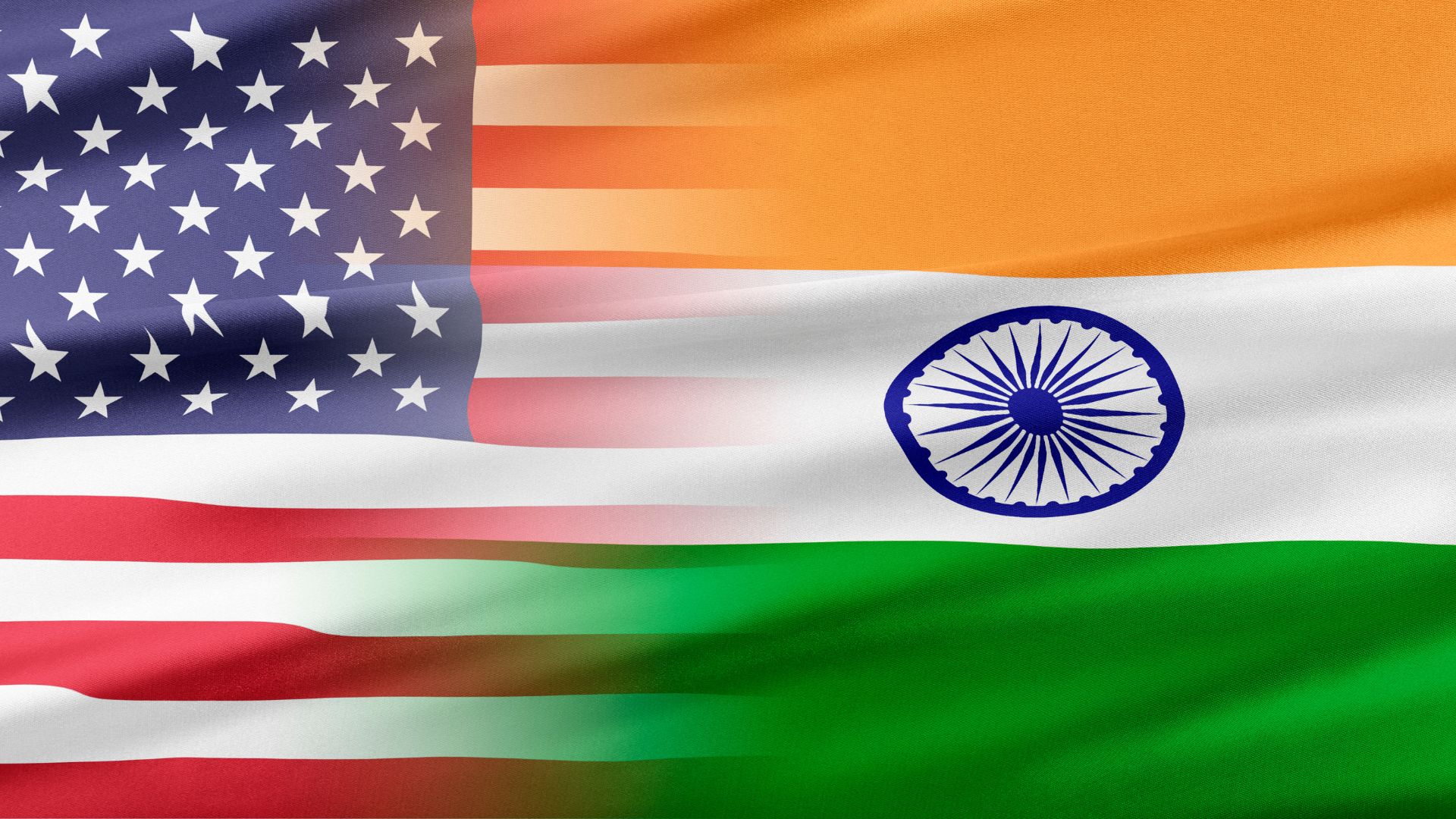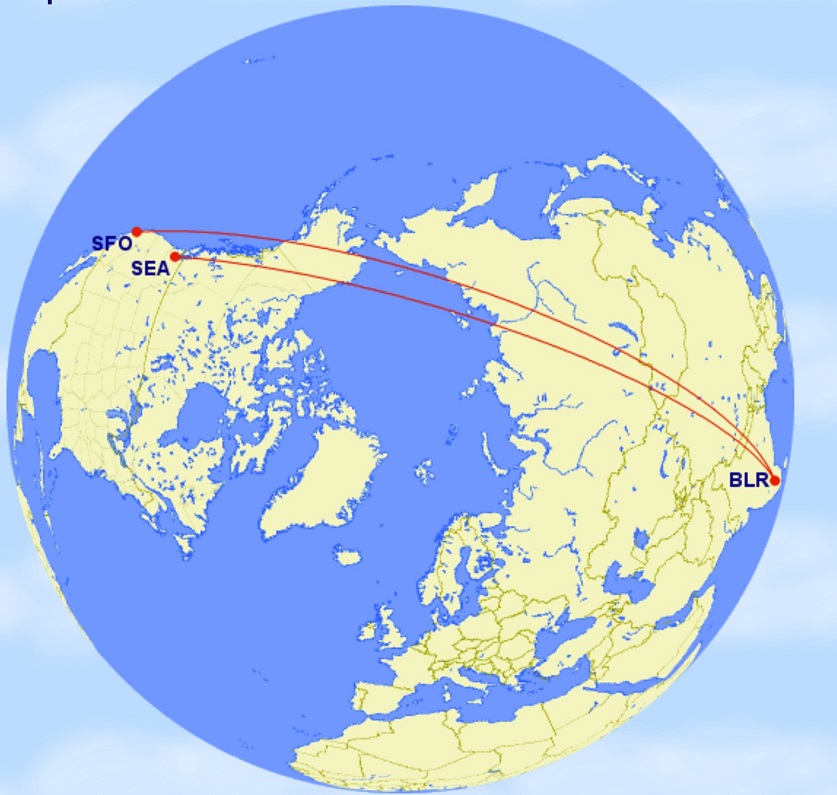
Cultural Etiquette: What to Know Before Traveling from USA to India in Summer
Introduction:
Traveling from the USA to India in the summer offers a fascinating cultural experience filled with vibrant traditions, rich history, and warm hospitality. However, it's essential for visitors to be aware of cultural differences and etiquette norms to ensure a respectful and enjoyable journey. In this blog post, we'll explore key cultural etiquette tips to know before traveling from the USA to India during the summer season.
Greetings and Gestures:
In India, greetings are often more formal and respectful compared to the casual norms in the USA. When meeting someone for the first time, it's customary to greet them with a "Namaste" (pronounced "nuh-muh-stay"), placing your palms together in front of your chest and bowing slightly. Avoid extended physical contact like hugging unless initiated by the other person.
Dress Code: India has a diverse range of cultural and religious traditions, and dressing modestly is highly appreciated, especially when visiting religious sites or rural areas. For both men and women, clothing that covers shoulders, knees, and cleavage is appropriate. Lightweight and breathable fabrics like cotton are ideal for India's hot and humid summers.
Shoes and Feet: In Indian culture, feet are considered impure, and it's customary to remove shoes before entering someone's home, temples, mosques, or certain other places. Be prepared to remove your shoes and follow the lead of locals in such situations. Additionally, avoid pointing your feet at people or religious objects as it's considered disrespectful.
Dining Etiquette: Food holds significant cultural importance in India, and dining customs may differ from those in the USA. When dining with hosts or at restaurants, it's customary to wash your hands before and after the meal, especially if eating with your hands. Use your right hand for eating if you're trying traditional Indian cuisine. Refrain from eating beef as cows are considered sacred in Hinduism.
Respect for Elders and Authority: Respect for elders and authority figures is deeply ingrained in Indian culture. It's important to address elders with titles like "uncle" or "auntie" (even if they're not relatives) as a sign of respect. When interacting with people in positions of authority or seniority, maintain a respectful demeanor and avoid confrontational or overly assertive behavior.
Bargaining and Negotiation: Bargaining is a common practice in India, especially when shopping at markets or street stalls. However, it's essential to do so respectfully and with a friendly attitude. Start with a lower offer and be prepared to negotiate politely until reaching a mutually acceptable price. Remember to smile and maintain a sense of humor during the bargaining process.
Conclusion: Traveling from the USA to India in summer offers a unique opportunity to immerse yourself in a vibrant tapestry of cultures, traditions, and experiences. By familiarizing yourself with cultural etiquette norms before your journey, you can show respect for the local customs and traditions, fostering meaningful connections and unforgettable memories during your summer travels in India.
Certainly! Here are the answers to the provided FAQs:
What are the visa requirements for traveling from the USA to India in summer? Answer: Travelers from the USA to India typically require a visa for entry. The most common visa for tourism purposes is the e-Tourist Visa (eTV), which can be applied for online through the Indian government's official website. Alternatively, travelers can apply for a traditional tourist visa through the Indian consulate or embassy in their jurisdiction.
How should I dress to respect cultural norms in India during the summer season? Answer: In India, it's important to dress modestly, especially when visiting religious sites or rural areas. Lightweight and breathable clothing that covers shoulders, knees, and cleavage is recommended. Women may opt for loose-fitting pants, long skirts, or dresses, while men can wear lightweight trousers or long shorts with shirts that cover the shoulders.
What are some important cultural etiquette tips to be aware of when interacting with locals in India? Answer: Some key cultural etiquette tips include greeting others with a respectful "Namaste," removing shoes before entering homes or religious sites, using your right hand for eating, and addressing elders with titles like "uncle" or "auntie." Additionally, maintaining a friendly and respectful demeanor in all interactions is highly appreciated.
Are there any health precautions or vaccinations I should take before traveling to India from the USA in summer? Answer: It's advisable to consult with a healthcare professional or travel medicine clinic before traveling to India. Recommended vaccinations may include those for hepatitis A, typhoid, and tetanus-diphtheria. Depending on your travel itinerary, malaria prophylaxis may also be recommended, especially if visiting rural or remote areas.
What are some must-visit destinations or events in India during the summer season? Answer: Popular destinations in India during the summer include hill stations like Shimla and Darjeeling, cultural hubs like Jaipur and Varanasi, and coastal retreats like Goa and Kerala. Additionally, festivals such as Holi and Eid-ul-Fitr are celebrated with much fervor across the country during the summer months.
How do I navigate transportation options within India, especially in urban areas and tourist destinations? Answer: Transportation options in India vary from trains and buses to taxis and auto-rickshaws. In urban areas and tourist destinations, app-based ride-sharing services like Uber and Ola are popular and convenient. For longer journeys, Indian Railways offers an extensive network of trains connecting major cities and regions.
What should I expect regarding communication and language barriers when traveling in India? Answer: English is widely spoken and understood in urban areas and tourist destinations in India, making communication relatively easy for English-speaking travelers. However, in rural areas and remote villages, English proficiency may be limited, and knowledge of Hindi or other regional languages may be beneficial.
Are there any specific customs or rituals I should be aware of when visiting religious sites in India during the summer? Answer: When visiting religious sites in India, it's important to dress modestly and observe local customs and rituals. Some common practices include removing shoes before entering temples, covering the head with a scarf or shawl in Sikh gurdwaras, and avoiding photography inside sacred spaces unless permitted.
How do I handle currency exchange and transactions while traveling in India? Answer: Currency exchange facilities are available at international airports, banks, and authorized money changers across India. It's advisable to exchange currency at official outlets to ensure fair rates and avoid counterfeit currency. Additionally, credit and debit cards are widely accepted in urban areas and tourist establishments.
What are some tips for staying safe and healthy during my summer trip to India from the USA? Answer: Some tips for staying safe and healthy in India include drinking bottled or purified water, avoiding street food from unhygienic vendors, practicing good hand hygiene, using sunscreen and insect repellent, and being cautious with personal belongings to prevent theft or pickpocketing. Additionally, having travel insurance that covers medical emergencies is recommended.









